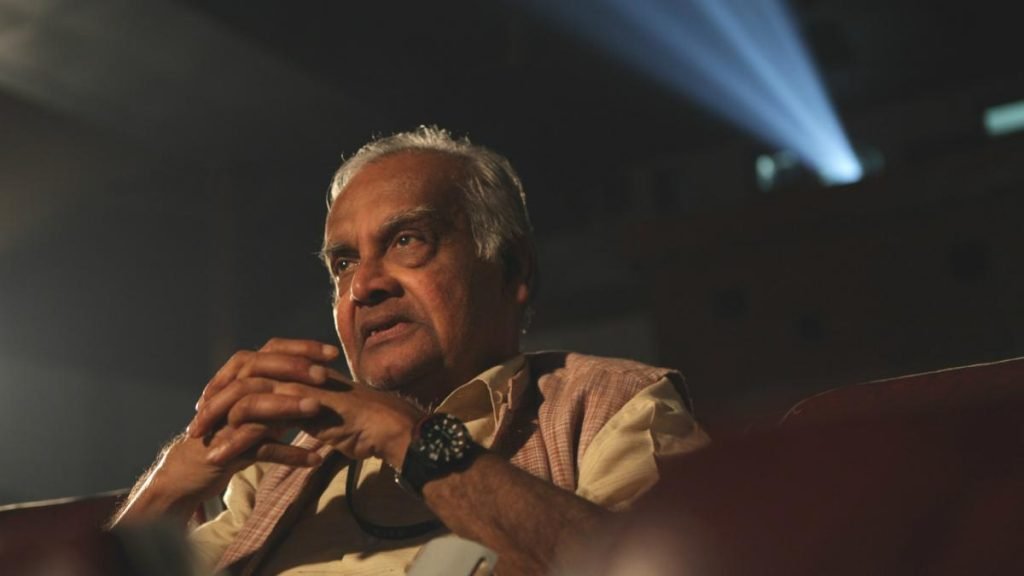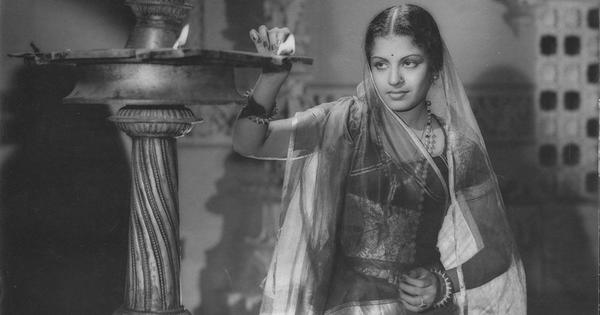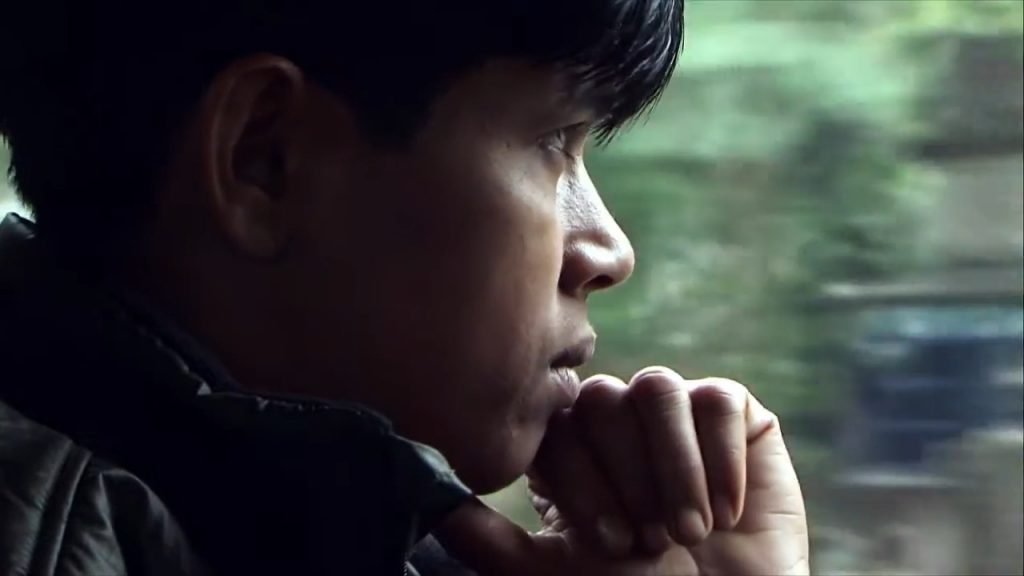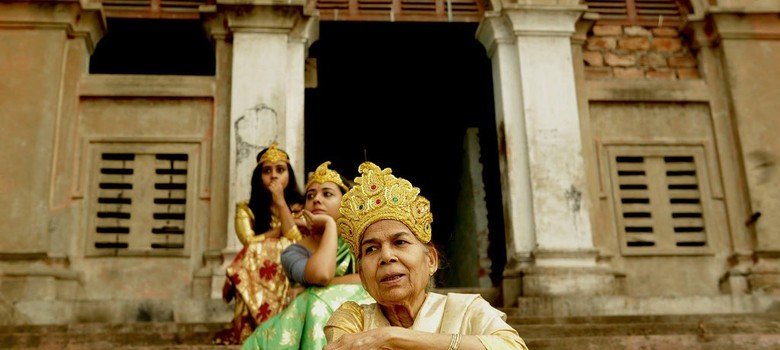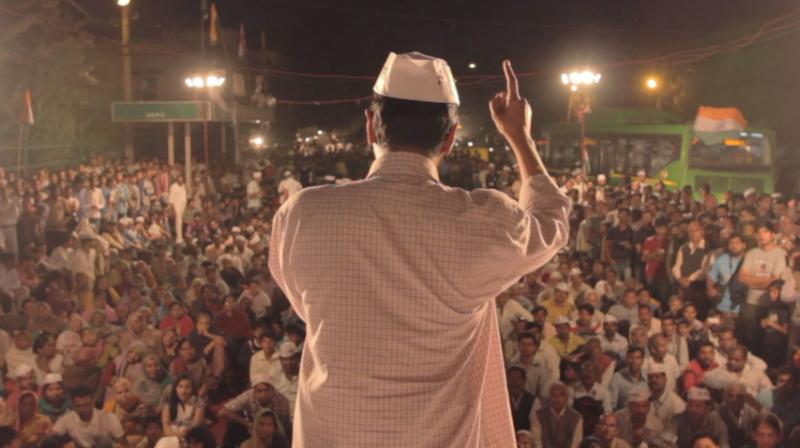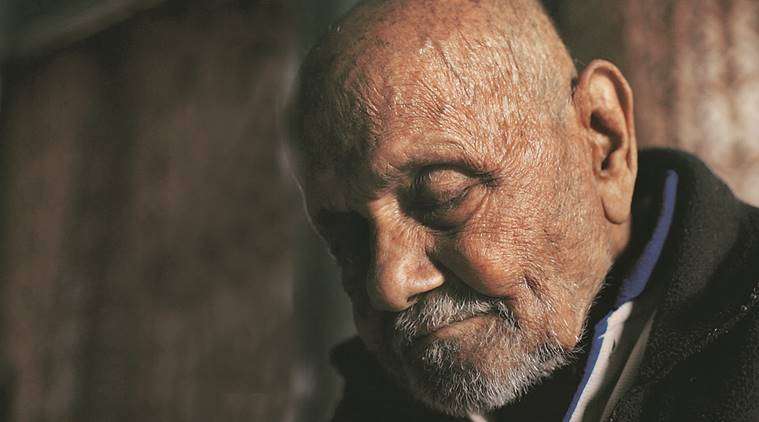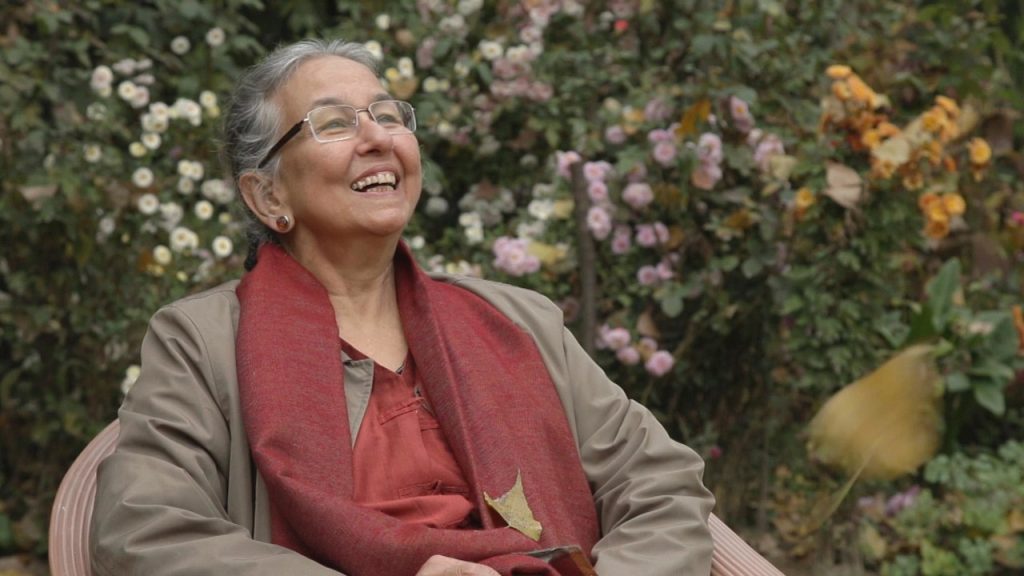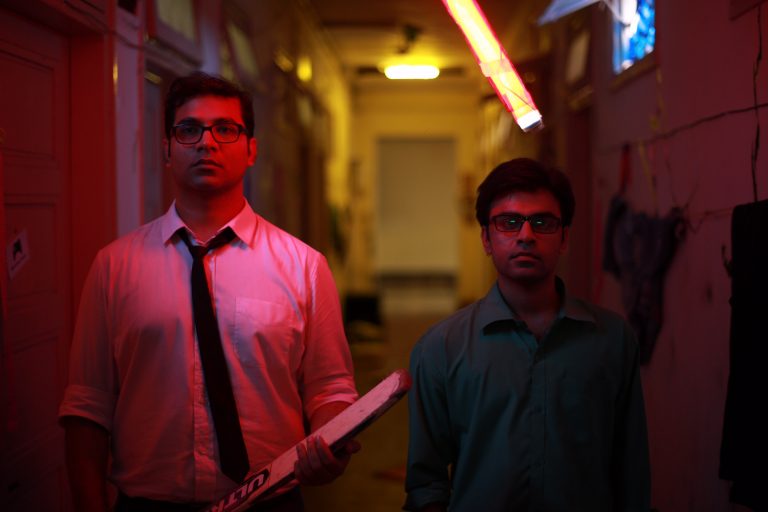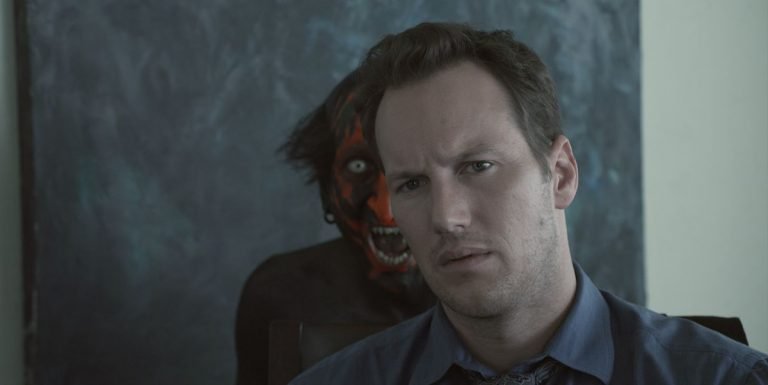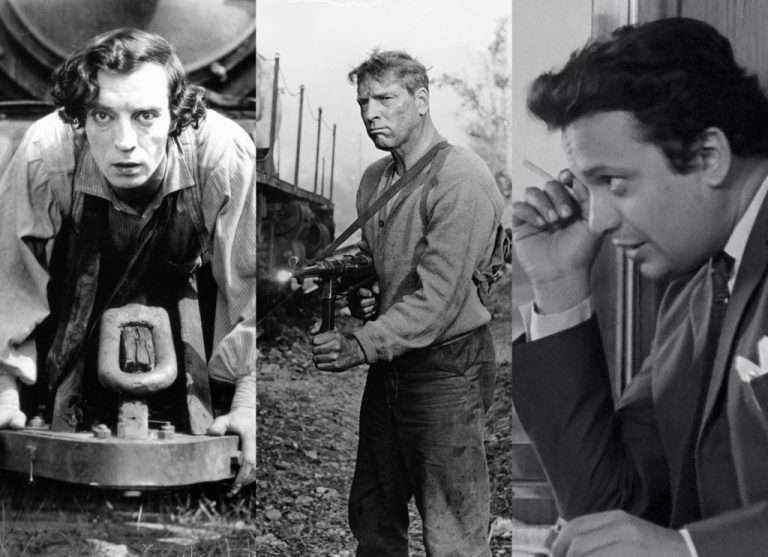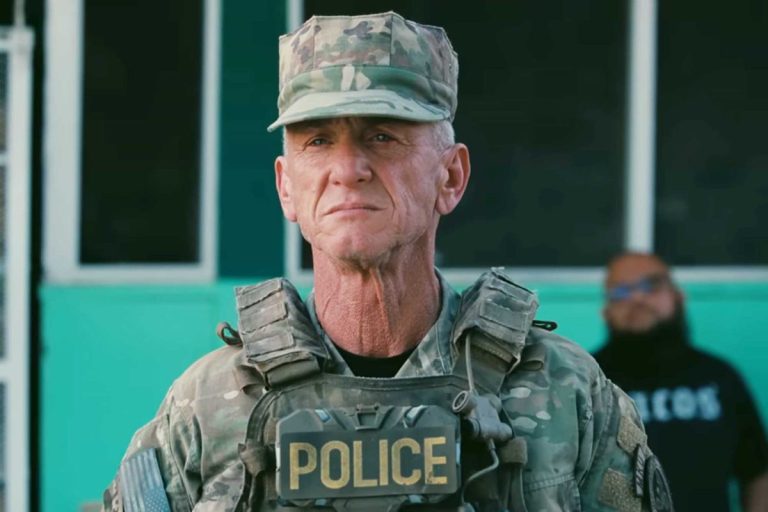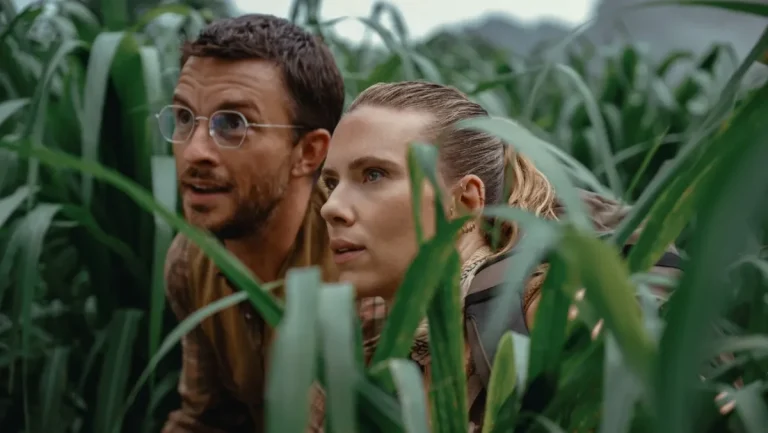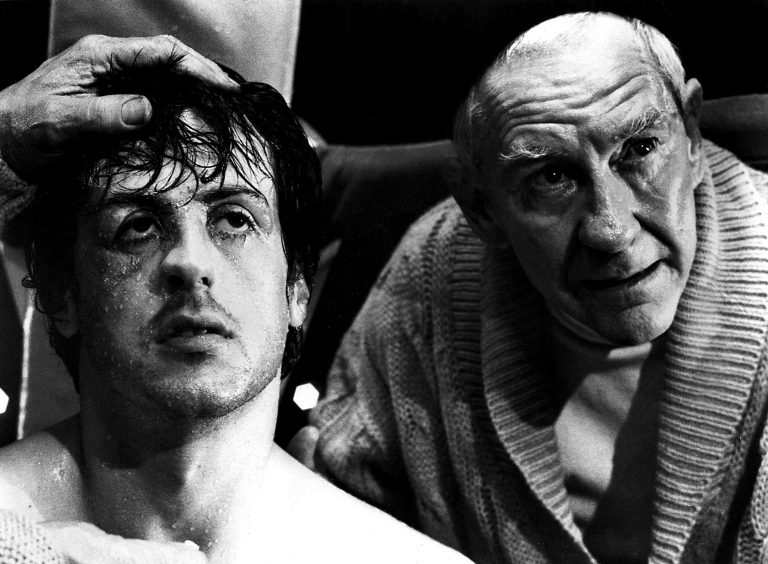Any documentary on a real-life character can’t take cinematic liberty, unlike a feature film, where a fictional element is introduced to appease the creative bent of the filmmaker. In such non-fictional work, the juxtaposition of information forms the definitive structure and employs a poignant demonstration of the perception of the viewers. This can be achieved by employing different styles and forms, synchronizing with the aesthetic understanding of the filmmaker.
One can achieve it by deftly putting together strands of information, perception, evidence, and historical contexts to reconstruct a compelling narrative. One can also explore the inner spirit of the artist through evocative moments, pregnant with visual passages. Or aesthetically blending fact, fiction, and reconstruction with interviews, bringing out a renewed perspective of the protagonist.
There is no particular formula or strict adherence to any particular narrative strategy, and the filmmaker has every possible liberty to exercise his expertise. The event that has been highlighted within the narrative framework plays a significant role in structuring the shape of the documentary, thereby presenting the viewer with a historical reconstruction through careful compilation of the excerpts from the lives of the individuals.
Here are ten contemporary Indian documentaries on real people that were made between 2010-2019, which I feel are not only important but also worthy of discussion.
1. Celluloid Man (2012)
Filmmaker, archivist, and restorer Shivendra Singh Dungarpur’s first feature-length documentary film pays tribute to India’s legendary archivist P.K. Nair, who was also a passionate lover of cinema. He had spent his life tracking down original prints of old and rare films. One can hardly deny his importance in shaping the National Film Archive of India in Pune. Shot on film stock, the narrative of the documentary comes along as a deeply personal and nostalgic account of the life of the individual. It also celebrates the history of Indian cinema. Hence, the film is a very essential segment in the history of Indian Cinema.
Sharing her thoughts on editing the documentary, Irene Dhar Malik expresses, ‘Having studied at FTII, P.K. Nair had always been a familiar figure, and the National Film Archive was that lovely bungalow down the road. When I began watching the rushes, the journey quickly shifted from the realm of immediate nostalgia (that FTII alumni are often guilty of) to the discovery of actual cinema history that I had been a part of as a student, without quite knowing.
As I watched Nair Saab walk up the familiar road, past the wisdom tree, and into the studios, talking about how he put together Film Archives, I was discovering so much about Indian film history. And even as I and Shivendra heard about the exciting journey to Nashik to acquire the reels of Dadasaheb Phalke’s Kaliya Mardan (1919), it also broke our hearts to see the state of neglect that a lot of Nair Saab’s legacy lay in. We realize the enormity of what the man had achieved, and it becomes important for us to not just acknowledge that but also talk about how important it is to preserve films.’
Related to Documentaries on Real Life People: 10 Best Indian Documentaries of the 2010s)
She further adds, ‘For Nair Saab, cinema started as a wonder, as magic, and later became an obsession. For me, the editing process was much more than telling the story of Nair Saab; it was about understanding the magic and the obsession. And I allowed the magic of cinema to take over in helping me discover the rhythm of the film – weaving together his life’s journey with the story of Indian cinema. We were drawn into the personal story, but were always concerned about what he did to preserve film history.
In the film, U.R. Ananthamurthy talks about the importance of preserving films, thereby preserving memories. When we showed clips from films like Gallant Hearts (1931) or Father’s Love (1929), or we allowed the dialogue from Ghatak films to play over decaying film reels or heard Saeed Mirza talking about a little light coming on, and Nair Saab making notes while watching films, I think Celluloid Man too succeeded in preserving memories.
The film won two national awards at the 60th National Film Awards, including Best Biographical Film / Best Historical Reconstruction Film and Best Editing (Non-Fiction) for Shivendra Singh Dungarpur and Irene Dhar Malik, respectively.
2. An American in Madras (2013)
When filmmaker Karan Bali learned that Ellis R. Dungan, an American, made Tamil films down South in the 1930s and 40s, he was surprised. Dungan’s contribution includes 11 feature films in Tamil, one in Telugu, and one partially dubbed in Hindi.
What was initiated as a process of gathering material by Karan, primarily for a profile page on Upperstall.com, soon gave way to further research that would finally shape up into an 80-minute (approximately) documentary that explores Dungan’s life and the overwhelming impact he had upon the emerging Tamil film industry.
Also Read: 10 Promising Filmmakers Who Started Making Films in the 2010s Decade
With the judicious juxtaposition of clips from various films of Dungan, archival footage, and interviews with people who worked with the director, like Carnatic vocalist and actress MS Subbalakshmi, historians of Tamil cinema, like Theodore Baskaran and popular actor like Kamal Hassan, the director along with his editor Irene Dhar Mallik, narrates the tale of an individual, who has spent fifteen years of his life in India and has helped to define Tamil cinema. It is an engaging piece of work that throws light upon a historical period of filmmaking in our country.
The film was selected for the Indian Panorama at the International Film Festival of India (IFFI), Goa, 2014. It was telecast on Channel 4, UK, and was streaming on Netflix from 2017-2019, besides being screened at lots of other national and international film festivals around the world.
3. I am Bonnie (2014)
The documentary is a gripping and emotional tale of the life of Bandana Paul, once considered to be one of the finest footballers of her time, who underwent a sex reassignment surgery and found her identity as ‘Bonnie.’ From the most prolific, highest-paid women footballer who used to make headlines to a life of nobody has been captured by the trio Farha Khatun, Satarupa Santra, and Sourabh Kanti Datta in their forty-five-minute documentary.
‘It was important to make a film on Bonnie because such a prominent player completely disappeared from the public eye for a long time. The kind of humiliation and trauma that Bonnie has gone through from the family, the media, the colleagues in the sports industry, and the neighbors is horrific. Added to all these, he was raised as a girl, and falling in love with another girl made his life so miserable that he had no option but to go incognito and start afresh, where nobody would recognize him. A person who never gives up living life had to be portrayed. And hence, it was important for us to tell his outstanding journey through our film, says Farha.
Also Read: The 20 Best Female Filmmakers of All Time
The documentary is an extraordinary tale of resistance displayed by an individual who has so far confronted the twists and turns of his fateful existence with vigor. The narrative strategy has the riveting qualities of an engaging watch. The film has won the National Award at the 65th National Film Awards for Best Film on Social Issues.
4. The Last Adieu (2014)
The new wave of documentary filmmaking in India owes a huge debt to S Sukhdev. His creative accomplishments in the domain of documentary filmmaking have brought international recognition to the country. The relevance of his contribution is such that he received the coveted Padma Shri at the young age of 35. The ninety-minute-long documentary is about the daughter-filmmaker Shabnam Sukhdev – journey to assemble her thoughts and trace her complicated relationship with the legendary filmmaker, who passed away when she was 14 years old.
Similar to Documentaries on Real-life People: A Spike Lee Joint: Get On The Bus (1996)
The revelatory conversations between the father and daughter are creatively designed with the use of off-screen voices and can be perceived as a medium to come to terms with their antagonism and settle the unresolved alienation. While narrating the stunning ambit of the legendary filmmaker, Shabnam has traversed a strenuous path from anger to reconciliation and finally adoration and veneration of the achievements of her deceased father. It is an extremely personal endeavor and requires conviction and strength to embark upon. At the 62nd National Film Awards, the documentary won the award for Best Biographical Film / Best Historical Reconstruction Film.
Watch The Last Adieu on YouTube
5. Amar Katha: Story of Binodini (2015)
Notee Binodini was a pioneering Bengali Stage Actress, a woman whose mother was a sex worker, and she was trained to become a courtesan. But destiny had some other plans. Instead, she became the first South Asian Actress to write autobiographies such as Amar Katha (My Story) and Amar Abhinetri Jibon (My Life as an Actress). The documentary is an exploration of the early days of Bengali theatre’s historical development, politics, gender, and sexuality prevalent in the 19th Century.
In the words of the filmmaker, ‘I was looking for an intensely collaborative process between many artists centering around Binodini’s autobiography Amar Katha. Gogi Saroj Pal, with her series of paintings of Binodini, Maya Ghosh, Trina, Prakriti, and Satakshi, actors /performers from Kolkata, of Bengali stage from different times with different styles and approaches, Panchanan Babu with his clarinet playing old tunes of Bengali Jatra. Finally, my cinematographer, Indraneel Lahiri, was constantly exploring a form through a state of chaos, a state of uncertainty. This uncertainty was necessary as I was too sure about the material (because so much has already been documented). So, in this context, I would call it a ‘film performance’.
He further adds, ‘I don’t want to or like to categorize Amar Katha either as a fiction or a documentary. The idea is as if the projection of the ‘truth'(though I am not quite sure what one intends to mean by ‘truth’) in a documentary is more authentic. It’s about the filmmaker’s approach towards ‘truth’ that is of utter importance. I have always preferred to call it a ‘film.’ The film was screened at the Mumbai International Film Festival in 2016 and won two national awards at the 60th National Film Awards for Best Biographical Film/Best Historical Reconstruction Film and Best Cinematography (Non-fiction).
Similar to Documentaries on Real Life: 20 Must-See Documentaries of 2016
The filmmaker also wishes to highlight the following fact: ‘I can remember at least twice when two different, quite well-known festival juries refused to select Amar Katha because they considered it to be fiction and not a documentary. It is quite unfortunate that our idea of documentary truth is very limited.
6. An Insignificant Man (2016)
‘The process was incredibly long as we had 400 plus hours of footage to go through, making notes for each clip, and remember every little moment and expression, and we couldn’t have achieved what we did without rigor and discipline’, says Manan Bhatt the co-editor of the documentary that traces the birth and journey of a new and dynamic political party.
We witness Kejriwal’s journey from the formation of the Aam Aadmi Party (AAP) to the thundering and chaotic period of forming the government. Directors Khushboo Ranka and Vinay Shukla had shot the documentary for over two years, which finally resulted in the documentation of a historic chapter in Indian politics.
Manan also shares, ‘Khushboo, Vinay, Abhinav Tyagi (co-editor), and I had practically locked ourselves in an apartment for a year and just kept at it every single day. As the film was largely driven by big ideas that this new party was proposing, the conversations were at times technical and quite long, and everything seemed exciting and important to give the audience a context for our characters’ journey, and sometimes to convey a complex policy idea, for example, how will we provide water to every household.
So, on the structural level, when we can’t change the course of events like in fiction films, the challenging part was to balance philosophy, political problems of that time and place, and the solution that this new party was offering, without being carried away by either of them. For a film like this, it was more important to understand what we are leaving out and why it eventually shaped our film.
Similarly, according to Abhinav, ‘The philosophy at the heart of the film is the dichotomy between idealism and politics, and I got to edit these eccentric characters who are trying to forge a new path for their political discourse. As a documentary without any interviews, the film’s challenge lay in the heart of editing. I always feel editors are like time scientists, particularly on a project like this one, where a lot of poetically shot footage can have infinite combinations. So, the approach had to be free and collaborative.
I felt I had a lot to do with shaping the movement of the story and the journeys of its characters. I remember key moments where Kejriwal would be cornered by his volunteers, a situation where we had real tension building up, and we wanted to sustain that in the narrative. In moments like these, to convey the real truth of what was happening with this character, we had to be generous as storytellers.
Then, there was the result day sequence, which had a lot of energy moments full of frantic commotion, and I fancied allowing the audience to invest and feel these moments rather than hurrying past them. After the first assembly, when we looked at the film together, it felt like the most important film we would ever make in our lives.
7. Life in Metaphors (2016)
OP Srivastava has spent 35 years in banks in India and is known for his pioneering contribution to introducing technology in banking in India. He started his filmography in 2005 by producing a fiction film, Missed Call (2005). “I met Girish Kasaravalli for the first time in November 2012 in Goa at a workshop organized by the FTII. The masterclass was followed by the screening of his film Dweepa (2002). The film completely mesmerized me with its cinematic beauty. Something within me told me that there was a filmmaker who could be my role model, cinematically and otherwise. This was the beginning of my association with Girish Kasaravalli, a simple, down-to-earth human being and an outstanding filmmaker. Two years of rubbing shoulders with him and absorbing his cinematic wisdom during my visits to Bengaluru and his to Mumbai gave me the courage to make my first film, that too on the filmmaker I adored,” says Srivastava.
The documentary explores the world of Kasaravalli’s cinema and unravels the delicate nuances of his films and their metaphors. It is an attempt by Srivastava to see the world through the eyes of the great filmmaker and delve deeper into his conscious and subconscious mind. Kasaravalli has been a key figure in Indian cinema since his debut as a feature filmmaker in 1977, and this documentary is one of its kind of rare insights into the life and work of the filmmaker. At the 63rd National Film Awards, the film won the award for Best Biographical Film / Best Historical Reconstruction Film.
8. A Very Old Man with Enormous Wings (2017)
Directed by Prateek Vats, of Ebb Ally Ooo! (2019) fame, the documentary on the life of Manohar Aich does not glorify the achievements of a popular bodybuilder but rather follows the old man who is living out the vagaries of aging.
‘Looking back, the journey was much longer and slower, and harder than I had ever expected it to be. I guess the good thing was that I hadn’t burdened the making of the film with any expectations, really – and maybe that’s why we all could sustain it for four years. The journey ranged from extreme excitement to points of extreme duress. The range of human emotions during this course of time was overwhelming but very rewarding,’ says Vats.
Related to Documentaries on Real-life People: Eeb Allay Ooo! (2019): An Authentic Study of the Working Class
Regarding the development of the film through the span of four years, he further shares, ‘What started as a biopic film transformed into a portrait, and thankfully so. The film started to take shape only when we freed it of any evidential burden, which documentaries often take upon themselves. Very early on in the filming process, we were clear that we were making a film with Manohar Aich and not about Manohar Aich.
It is not that this approach was “necessary,” but for me, that was what I wanted to do – a film about the body, aging, memory, and the patterns of storing that memory, rather than achievements or celebrations of the past. We wanted the film to be situated very much in the present and evoke the past as memory and fragments. A film that was free from the anxiety of moving ahead or in any particular direction. At the 65th National Film Award, the film won the Special Jury Award (non-feature film).
9. The Garden of Forgotten Snow (2017)
Avijit Mukul Kishore’s documentary is an attempt to understand the world of beauty and politics through the works of Indian painter Nilima Sheikh. The narrative pattern of the film follows Nilima Sheikh’s art practice and her engagement with the land of Kashmir over several decades within a progression of time-bound events. The narrative represents the filmmaker’s direct engagement with a world encounter through the paintings of the veteran artist, as a vérité investigator, a poetic commentator, as well as a committed and reflexive participant.
The documentary steers away from making political commentary regarding the unrest in Kashmir. ‘In the last five decades or so, Kashmir has been represented in the mainstream through the binary of ‘paradise on earth’ and armed conflict. Both narratives are images of a distant ‘other’, removed from mainland India. Both are reductive in ways that cloud other representations told across centuries.
The film follows Nilima’s work in the context of the state’s literature and art history. The voice-over text of the film includes the writings of the medieval poet Lal Ded (I, Lalla) and colonial writer Walter R. Lawrence (The Valley of Kashmir), as well as contemporary ones, like Agha Shahid Ali (Country Without a Post-Office) and Salman Rushdie (Shalimar the Clown). Added to this is a layer of cinematography and sound, both of which find beauty in the everyday life of Kashmir, while there is no getting away from the undercurrent of strife. The film deliberately stays away from the images often repeated in the media — of military presence and barbed wire’, says the filmmaker.
10. While We Watched (2023)
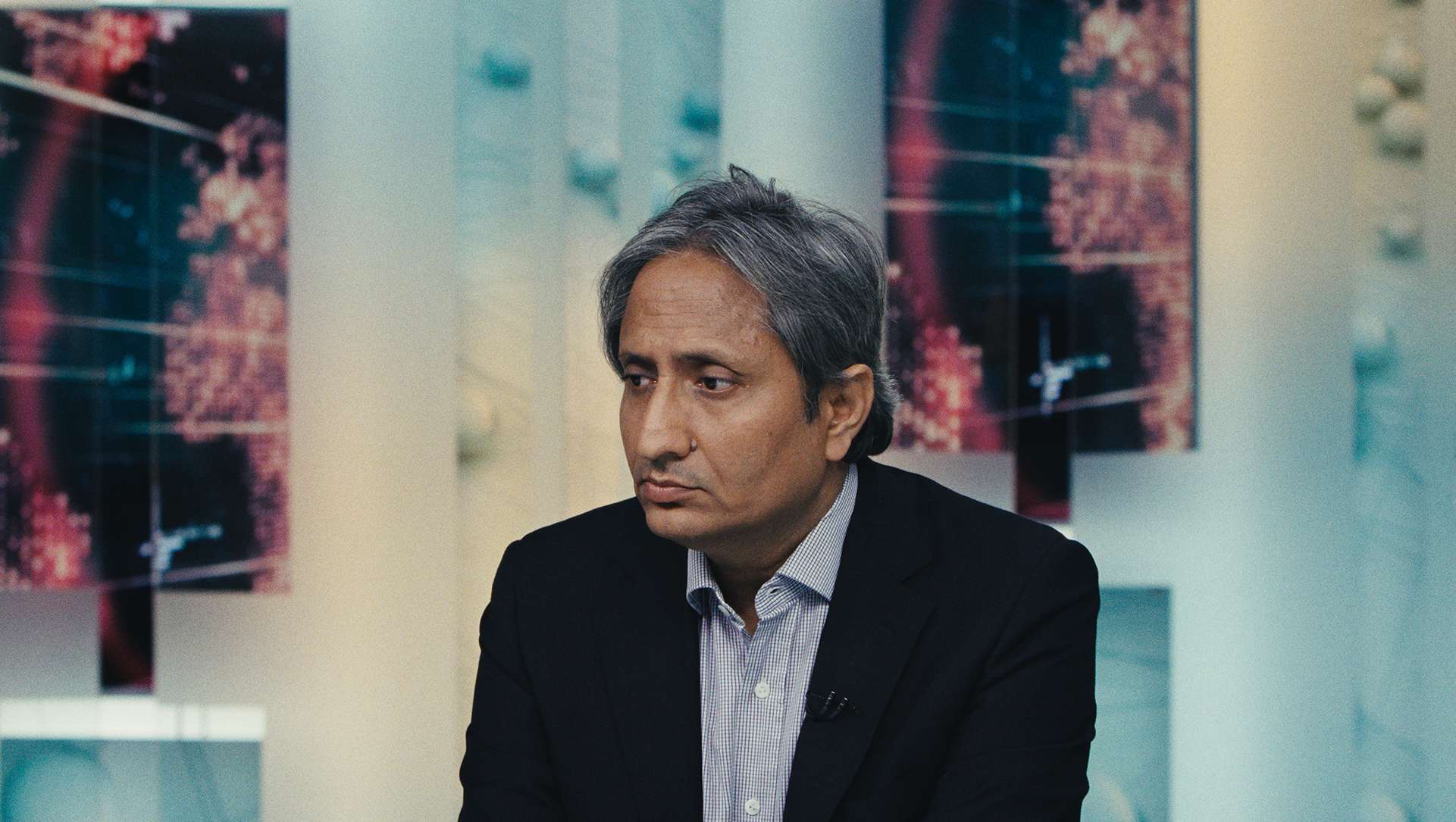
“While We Watched,” Vinay Shukla’s second full-length documentary, is about veteran broadcast journalist Ravish Kumar, who, for most of the left-leaning and liberal citizens of our nation, epitomizes rationale. Hence, it is unnerving to witness him in such a susceptible light, even though it just serves to highlight his remarkable perseverance. However, because of the filmmaker’s modesty and sophistication, the movie never devolves into a biography but instead remains a rallying call and does not become a boring story of man versus the world.
Through the fly-on-the-wall approach, we become an active participant in how Kumar’s producers and staff are depressed as NDTV struggles with failing finances and layoffs. Some of the staff members move on to more fertile areas, where they do not have to succumb to political pressure. Post-2019, the news channel is subject to tax inquiries. The viewership of the channel shows a gradual decline because cable TV providers cut off the channel’s signal while his piece airs in order to remain in the good books of the government.
Related to Documentaries on Real Life People: The Reincarnation Of Indian Cinema
Overall, “While We Watched” asserts its unique voice as an unabashedly audacious examination of a convincingly brave individual’s battle against an ideological torrent that could upend his steadily declining position in society. Kumar’s tenacity in the face of what must have disheartened and depressed anyone else in his situation is what drives the entire documentary. As he expresses genuine sympathy and a wide variety of emotions in response to all that is happening to him, viewers can’t help but be moved by his incredible resilience and strength.

